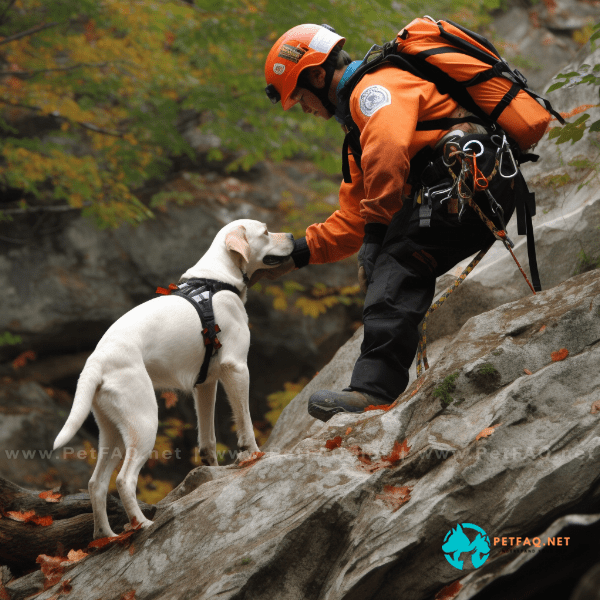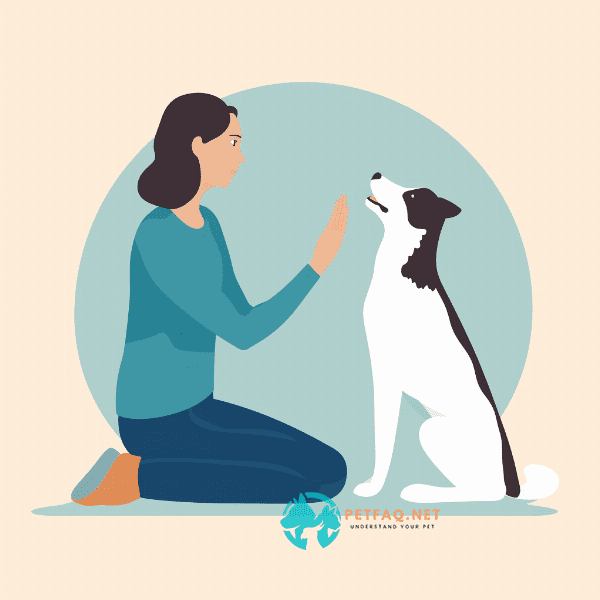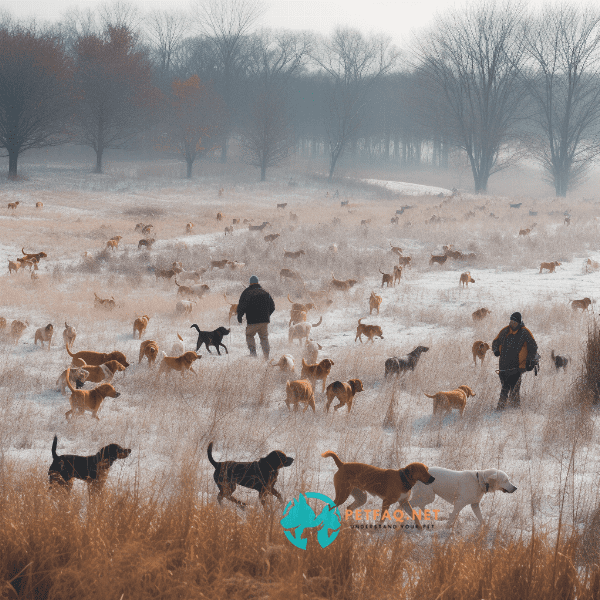Table of Contents
- Understanding Reactive Behavior in Dogs
- Positive Reinforcement Training Methods
- Counter-Conditioning Techniques for Reactive Dogs
- Desensitization Strategies for Reactive Dogs
- Management Techniques for Reactive Dogs
- Creating a Structured Training Plan
- Addressing Common Challenges in Reactive Dog Training
- Overcoming Fear and Anxiety in Reactive Dogs
- Building Confidence in Reactive Dogs
- Continuation of Training and Maintenance Techniques
Understanding Reactive Behavior in Dogs
Reactive dog training requires a deep understanding of the causes and triggers of reactive behavior in dogs. Reactive behavior can manifest in many different ways, including barking, lunging, growling, and even biting. As a dog owner, it is essential to understand what causes your dog’s reactive behavior and how to address it.
Causes of Reactive Behavior
Reactive behavior in dogs can be caused by a variety of factors, including fear, anxiety, and aggression. Dogs may become reactive due to past trauma or negative experiences, lack of socialization, or genetics. It is essential to identify the root cause of your dog’s reactive behavior to develop an effective training plan.
Triggers for Reactive Behavior
Triggers for reactive behavior in dogs can vary widely and may include other dogs, unfamiliar people, loud noises, and sudden movements. It is important to observe your dog’s behavior and identify specific triggers that cause your dog to react. Once you have identified the triggers, you can work on desensitizing your dog to them through positive reinforcement training.
The Importance of Body Language
Dogs communicate through body language, and it is essential to understand their cues to identify potential reactive behavior. Signs of stress or anxiety in dogs may include pacing, lip licking, yawning, and panting. When working with reactive dogs, it is crucial to be aware of their body language and understand when they are feeling uncomfortable or threatened.
Positive Reinforcement Training for Reactive Dogs
Positive reinforcement training is a highly effective method for training reactive dogs. This technique involves rewarding desirable behavior and ignoring or redirecting undesirable behavior. By focusing on rewarding positive behavior, you can reinforce good habits and reduce reactive behavior in your dog.
Conclusion
Understanding reactive behavior in dogs is a critical first step in developing an effective training plan. By identifying the causes and triggers of reactive behavior and understanding your dog’s body language, you can work on developing positive reinforcement training techniques to address reactive behavior in your dog. With patience and consistency, reactive Dog training can lead to a happier and healthier relationship between you and your furry companion.
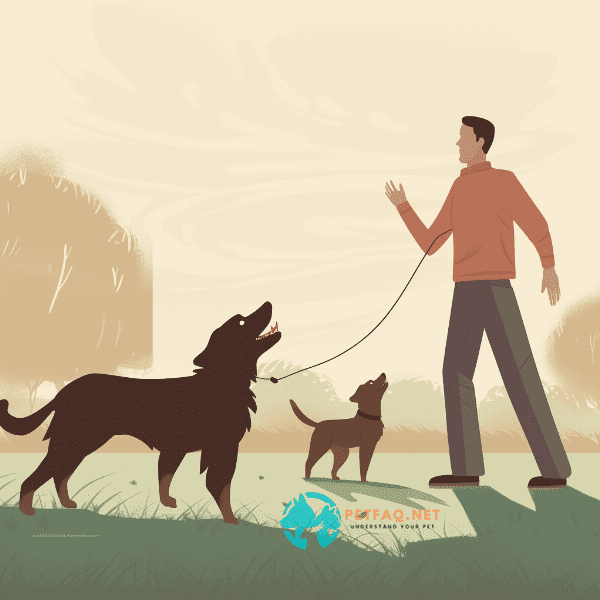
Positive Reinforcement Training Methods
Finding the Right Rewards
When using positive reinforcement training for reactive dog training, it is crucial to find the right rewards. Rewards can include treats, toys, praise, or even access to a favorite activity. It is important to find rewards that your dog finds highly motivating to reinforce good behavior effectively.
Clicker Training for Reactive Dogs
Clicker training is a popular positive reinforcement training technique for reactive dogs. This method involves using a clicker to mark desirable behavior and then rewarding the behavior with a treat or other reward. Clicker training can help reactive dogs learn new behaviors quickly and can be particularly useful in desensitization training.
Redirecting Undesirable Behavior
In positive reinforcement training, it is essential to redirect undesirable behavior rather than punish it. Punishing reactive behavior can make the behavior worse and increase your dog’s stress levels. Instead, redirect your dog’s attention to a desirable behavior and reward them for that behavior.
Conclusion
Positive reinforcement training is an effective and humane method for training reactive dogs. By finding the right rewards, using clicker training, redirecting undesirable behavior, and practicing consistency and patience, you can reinforce good habits and reduce reactive behavior in your dog. With time and dedication, positive reinforcement training can lead to a happier and healthier relationship between you and your furry companion.
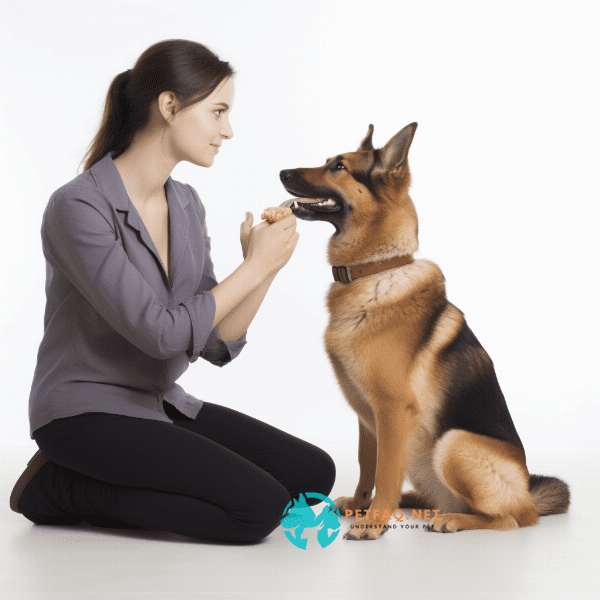
Counter-Conditioning Techniques for Reactive Dogs
Counter-conditioning is a powerful technique for reactive dog training that involves changing your dog’s emotional response to a particular trigger. This technique can be particularly useful for dogs with severe reactive behavior and can help them learn to associate triggers with positive experiences.
Creating Positive Associations
To counter-condition your dog, you will need to create positive associations with the trigger. This may involve using treats, toys, or other rewards to help your dog associate the trigger with positive experiences. Over time, your dog will learn to associate the trigger with positive experiences rather than reacting negatively.
Patience and Consistency
Counter-conditioning is a process that requires patience and consistency. It may take several sessions for your dog to begin associating the trigger with positive experiences, and progress may be slow. With time and dedication, however, counter-conditioning can be an effective technique for reducing reactive behavior in dogs.
Conclusion
Counter-conditioning is a powerful technique for reactive dog training that can help change your dog’s emotional response to triggers. By identifying triggers, creating positive associations, using gradual exposure, and practicing patience and consistency, you can help your dog learn to associate triggers with positive experiences. With time and dedication, counter-conditioning can lead to a happier and healthier relationship between you and your furry companion.

Desensitization Strategies for Reactive Dogs
Desensitization is a technique used in reactive dog training that involves gradually exposing your dog to a trigger to reduce their reactive behavior. This technique can be effective for dogs with mild to moderate reactive behavior and can help them learn to tolerate triggers without reacting.
Gradual Exposure
Desensitization should be conducted gradually and in a controlled environment. Start by exposing your dog to a mild version of the trigger and gradually increasing the intensity over time. It is important to work at your dog’s pace and avoid overwhelming them.

Management Techniques for Reactive Dogs
Management techniques are an essential part of reactive dog training and involve managing your dog’s environment to prevent or minimize reactive behavior. While management techniques do not address the underlying cause of reactive behavior, they can be effective in reducing the frequency and intensity of reactive behavior.
Avoiding Triggers
The simplest management technique for reactive dogs is to avoid triggers altogether. This may involve walking your dog in quiet areas, keeping them away from other dogs or people, or using visual barriers to prevent triggers from being visible.
Controlled Environments
When it is not possible to avoid triggers, controlled environments can be effective in managing reactive behavior. This may include using a muzzle or a leash to control your dog’s behavior or working with a professional trainer to conduct desensitization or counter-conditioning training in a controlled environment.
Medication
In some cases, medication may be necessary to manage reactive behavior in dogs. Your veterinarian may prescribe medication to reduce anxiety or aggression in your dog, which can help make training more effective.
Training Aids
There are also various training aids available that can help manage reactive behavior in dogs. These may include head halters, body harnesses, or calming pheromone collars. While training aids can be useful in managing reactive behavior, they should be used in conjunction with positive reinforcement training techniques.
Conclusion
Management techniques are an essential part of reactive dog training and can be effective in reducing the frequency and intensity of reactive behavior. By avoiding triggers, using controlled environments, medication, and training aids, you can help manage your dog’s environment and prevent or minimize reactive behavior. With time and dedication, management techniques can lead to a happier and healthier relationship between you and your furry companion.
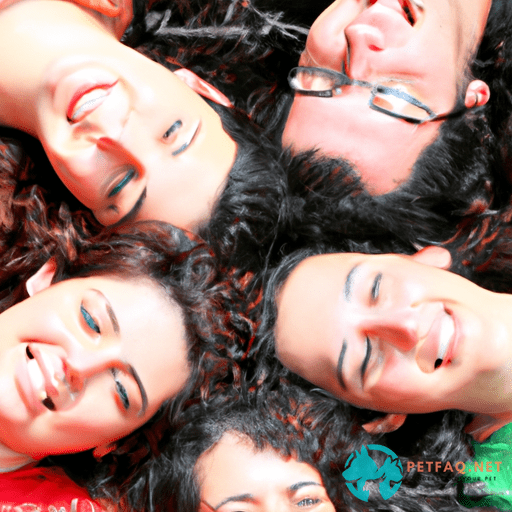
Creating a Structured Training Plan
Creating a structured training plan is essential for reactive dog training. A well-planned training program can help address reactive behavior in dogs and strengthen the bond between you and your furry companion.
Setting Goals
The first step in creating a structured training plan is to set clear goals. This may include reducing the frequency and intensity of reactive behavior, increasing your dog’s confidence and comfort level, or improving their obedience and focus.
Identifying Training Techniques
Once you have set your goals, you can begin identifying training techniques that will help you achieve them. Positive reinforcement, desensitization, counter-conditioning, and management techniques are all useful methods for reactive dog training.
Scheduling Training Sessions
Consistency is key in reactive dog training, and scheduling regular training sessions is essential. Start with short sessions and gradually increase the length and difficulty over time. Training sessions should be conducted in a controlled environment and at a pace that is comfortable for your dog.
Tracking Progress
Tracking your dog’s progress is essential in monitoring the effectiveness of your training plan. Keep a log of your training sessions and note any changes in your dog’s behavior or reactions. This will help you adjust your training plan as needed and identify areas for improvement.
Conclusion
Creating a structured training plan is essential for successful reactive dog training. By setting clear goals, identifying training techniques, scheduling regular training sessions, tracking progress, and seeking professional help when necessary, you can address reactive behavior in your dog and strengthen your bond with your furry companion. With time and dedication, reactive dog training can lead to a happier and healthier relationship between you and your dog.
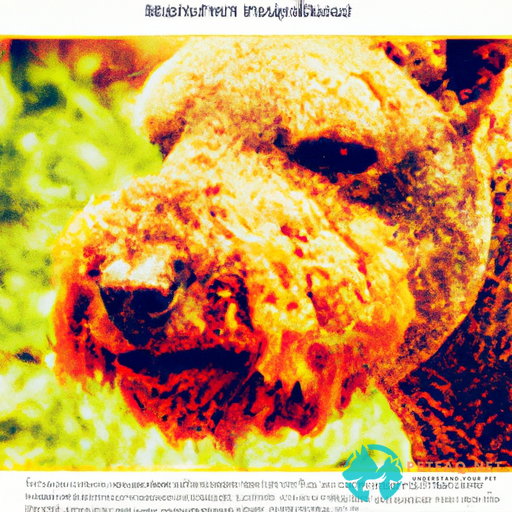
Addressing Common Challenges in Reactive Dog Training
Reactive dog training can be challenging, and many dog owners face common challenges during the training process. Understanding these challenges and how to address them can help you develop an effective training plan for your furry companion.
Distractions
One common challenge in reactive dog training is distractions. Dogs may become distracted by their surroundings, other dogs, or people, making it difficult to focus on training. To address this challenge, start training in a quiet environment and gradually introduce distractions over time.
Fear and Anxiety
Fear and anxiety can also be significant challenges in reactive dog training. Dogs with severe reactive behavior may become fearful or anxious, making training difficult. To address this challenge, it may be necessary to work with a professional trainer or behaviorist to develop a customized training plan that addresses your dog’s individual needs.
Lack of Consistency
Consistency is essential in reactive dog training, and a lack of consistency can lead to confusion and slow progress. To address this challenge, establish a consistent training schedule and stick to it. Keep training sessions short, frequent, and at a pace that is comfortable for your dog.
Unpredictable Triggers
Some triggers may be unpredictable, such as sudden loud noises or unexpected movements. To address this challenge, it may be necessary to use management techniques, such as visual barriers or a muzzle, to prevent reactive behavior and keep your dog safe.
Conclusion
Reactive dog training can be challenging, but by understanding common challenges and how to address them, you can develop an effective training plan for your furry companion. By addressing distractions, fear and anxiety, lack of consistency, and unpredictable triggers, you can help reduce reactive behavior and strengthen the bond between you and your dog. With time and dedication, reactive dog training can lead to a happier and healthier relationship between you and your furry companion.
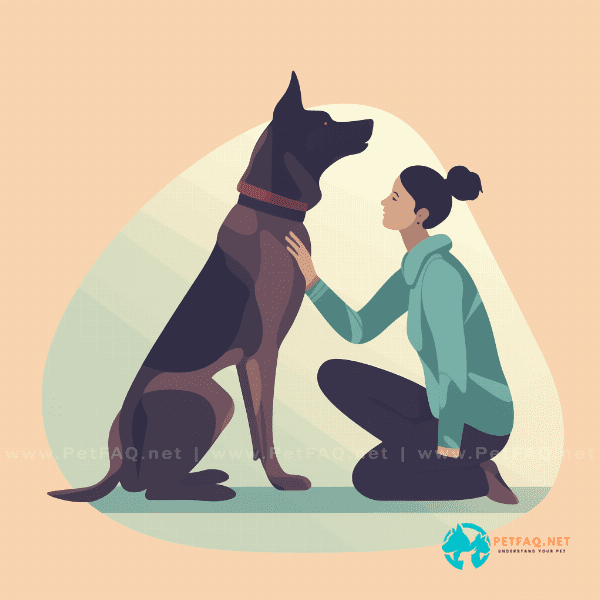
Overcoming Fear and Anxiety in Reactive Dogs
Fear and anxiety can be significant challenges in reactive dog training, and addressing these emotions is essential to reducing reactive behavior in dogs. Understanding the root causes of fear and anxiety and implementing effective training techniques can help overcome these challenges.
Identifying the Root Causes
The first step in overcoming fear and anxiety in reactive dogs is to identify the root causes. Fear and anxiety may be caused by a variety of factors, including past trauma, lack of socialization, or genetic predisposition. Identifying the underlying cause can help develop an effective training plan.
Desensitization and Counter-Conditioning
Desensitization and counter-conditioning are effective techniques for addressing fear and anxiety in reactive dogs. These techniques involve gradually exposing your dog to triggers in a controlled environment and using positive reinforcement to create positive associations.
Building Confidence
Building confidence is also essential in overcoming fear and anxiety in reactive dogs. Confidence-building exercises may include agility training, obedience training, or scent work. These exercises can help boost your dog’s confidence and reduce their fear and anxiety.
Conclusion
Overcoming fear and anxiety in reactive dogs is essential to reducing reactive behavior and improving their quality of life. By identifying the root causes, implementing effective training techniques such as desensitization and counter-conditioning, building confidence, and seeking professional help when necessary, you can help your furry companion overcome their fear and anxiety. With time and dedication, reactive dog training can lead to a happier and healthier relationship between you and your furry companion.
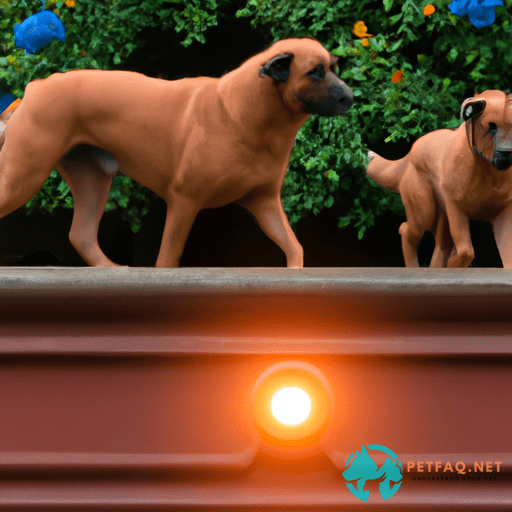
Building Confidence in Reactive Dogs
Building confidence is an essential part of reactive dog training and can help reduce reactive behavior. Confidence-building exercises can help your dog feel more comfortable and secure in different situations, improving their overall well-being.
Agility Training
Agility training is a great way to build confidence in reactive dogs. This type of training involves obstacle courses and can help improve your dog’s balance, coordination, and overall confidence. It also provides mental stimulation, which can help reduce anxiety and boredom.
Obedience Training
Obedience training is another effective way to build confidence in reactive dogs. By teaching your dog basic commands such as sit, stay, and come, you can help them feel more in control and confident in different situations. Obedience training also provides mental stimulation and helps strengthen the bond between you and your furry companion.
Scent Work
Scent work is a fun and engaging way to build confidence in reactive dogs. This type of training involves teaching your dog to locate specific scents, providing mental stimulation and a sense of accomplishment. Scent work can also help reduce anxiety and boredom and improve your dog’s overall well-being.
Conclusion
Building confidence is an essential part of reactive dog training and can help reduce reactive behavior and improve your dog’s overall well-being. By incorporating agility training, obedience training, scent work, and positive reinforcement techniques, you can help your furry companion feel more comfortable and secure in different situations. With time and dedication, building confidence can lead to a happier and healthier relationship between you and your furry companion.
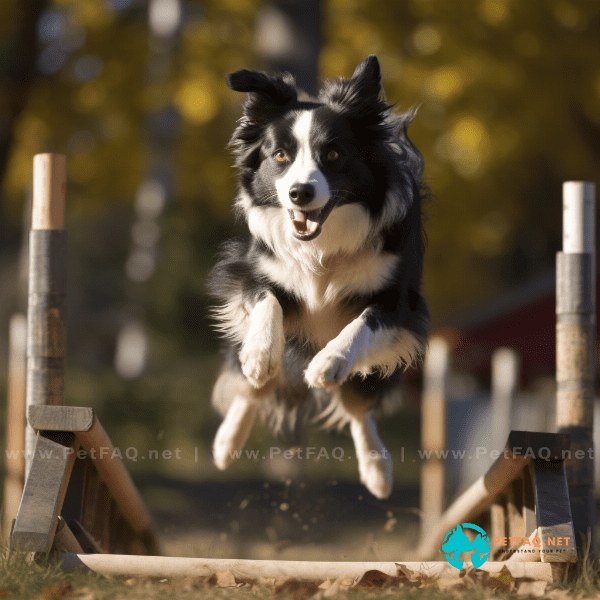
Continuation of Training and Maintenance Techniques
Reactive dog training is an ongoing process, and continuation of training and maintenance techniques are essential to maintain progress and prevent regression. Consistency and dedication are key to ensuring long-term success.
Regular Training Sessions
Regular training sessions are essential in maintaining progress and preventing regression in reactive dogs. Continue to schedule regular training sessions, even after initial training is complete, to reinforce good behavior and prevent reactive behavior from resurfacing.
Implementing Management Techniques
Management techniques can also be useful in maintaining progress in reactive dogs. Continue to use visual barriers, leashes, or muzzles as needed to prevent reactive behavior and keep your dog safe.
Consistency and Dedication
Consistency and dedication are essential in maintaining progress in reactive dog training. Continue to work at your dog’s pace, and avoid overwhelming them with triggers or situations that may cause reactive behavior. Consistency in training and management techniques will help reinforce good behavior and reduce the likelihood of regression.
Conclusion
Reactive dog training is an ongoing process, and continuation of training and maintenance techniques are essential to maintain progress and prevent regression. Regular training sessions, implementing management techniques, using positive reinforcement, and consistency and dedication are key to ensuring long-term success. With time and dedication, reactive dog training can lead to a happier and healthier relationship between you and your furry companion.
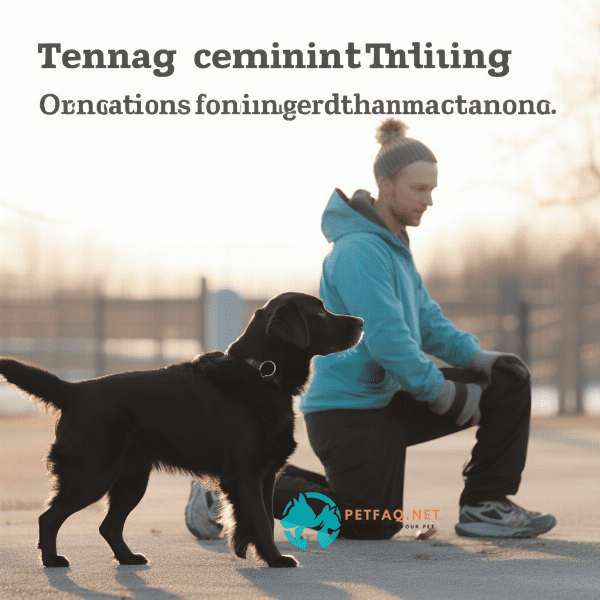
Frequently Asked Questions (FAQs) about Reactive dog training:
1. How long does it typically take to see results from reactive dog training?2. What are some common reactive dog behaviors that owners may need to address through training?
3. What are the most common triggers for reactive behavior in dogs?
4. What are some common reasons why dogs become reactive?
5. How can owners best support their reactive dogs during training and in everyday life?

